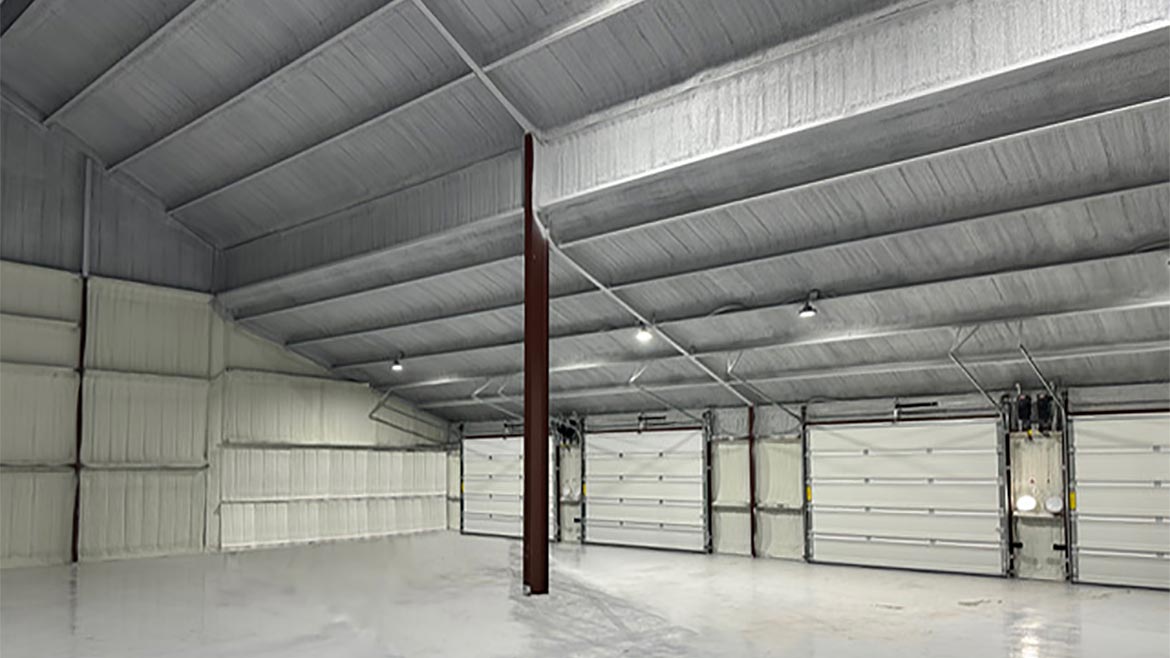How Thermal Barrier Systems Enhance Energy Efficiency in Homes

Strong 8k brings an ultra-HD IPTV experience to your living room and your pocket.
Thermal barrier systems enhance energy efficiency by slowing down heat transfer between indoor and outdoor environments. These systems work by adding a protective thermal layer that reduces heat loss in winter and heat gain in summer—cutting down on HVAC usage and energy costs.
Installing a thermal barrier system improves insulation performance, controls indoor temperatures, and helps seal air leaks. This article explains how different systems function, compares material options, provides technical data, and outlines what homeowners need to consider before installation.
How Thermal Barriers Improve Energy Performance
Slower Heat Flow = Less Energy Loss
Thermal barriers limit the rate at which heat passes through walls, ceilings, and floors. They act as resistive layers between the home’s interior and the outdoor climate. By reducing conductive, convective, and radiant heat transfer, these systems help maintain stable indoor temperatures.
Enhanced HVAC Efficiency
When a home retains conditioned air better, the HVAC system works less. This reduces utility bills and extends the lifespan of heating and cooling units.
Bonus Tip: Pairing thermal barriers with airtight sealing around wall penetrations can lower energy loss by up to 40% in older homes.
Types of Thermal Barrier Systems and Their Uses
System Type
Primary Function
Best Used In
Air Sealing
Moisture Resistance
Typical R-Value Contribution
Radiant Barriers
Reflect radiant heat
Attics, roofs
Low
High
R-0 (reflective, not resistive)
Rigid Foam Boards
Reduce conduction
Walls, basements, exteriors
Moderate
High
R-4 to R-6 per inch
Spray Foam (Closed-Cell)
Insulation + air barrier
Walls, attics, crawlspaces
Excellent
Excellent
R-6 to R-7 per inch
Mineral Wool Panels
Fire-resistant insulation
Basements, walls, garages
Moderate
High
R-4 to R-5 per inch
Reflective Insulated Panels
Reflect + resist heat
Roof sheathing, garage doors
Moderate
Moderate
R-3 to R-6 depending on build
Thermal Coatings (Paints)
Reflect radiant energy
Roofs, ceilings (limited effect)
Low
Low
N/A (minimal effect)
Technical Specifications of Common Thermal Barrier Materials
Material Type
R-Value per Inch
Fire Resistance
Installation Complexity
Lifespan
Air Permeability
Rigid Foam Board
R-4 to R-6
Moderate
Moderate
30–50 years
Low
Closed-Cell Spray Foam
R-6 to R-7
High
High (professional only)
50+ years
Very Low
Mineral Wool
R-4.2 to R-4.5
Excellent
Moderate
30–40 years
Moderate
Radiant Barrier Foil
N/A
Low
Low
15–25 years
High
Insulated Panels
R-5 to R-6
Moderate
Moderate
30–50 years
Moderate
Measurable Impact on Home Energy Use
A study by the U.S. Department of Energy found that homes with properly installed thermal barriers reduce heating and cooling costs by 10% to 20%. In colder zones, combining thermal barriers with air sealing and insulation upgrades can push energy savings even higher—up to 35% annually.
Bonus Tip: If your attic has no radiant barrier, adding one can reduce cooling load by up to 17% during peak summer months in warmer climates.
[Image: Attic with radiant barrier foil installed under the roof decking]
Things to Consider Before Making a Decision
Climate Zone
In hot climates, radiant barriers or reflective surfaces reduce solar gain.
In cold climates, prioritize high R-value insulation and low air permeability materials.
Location and Application
Thermal barriers must match the space: rigid foam boards for walls, spray foam for hard-to-reach cavities, mineral wool for fire-sensitive areas.
Improper placement can trap moisture—know where and how to install each type.
Cost vs. Long-Term Value
Spray foam offers superior efficiency but at a higher upfront cost.
Rigid foam or mineral wool may be better for budget-conscious upgrades.
Compatibility with Existing Insulation
Thermal barriers often supplement—not replace—traditional insulation.
Ensure the materials used don’t interfere with vapor diffusion or ventilation needs.
Common Questions About Thermal Barrier Systems
Do thermal barriers replace regular insulation?
No. They enhance insulation systems but do not replace them. They either reduce radiant heat (like radiant barriers) or provide added resistance to conductive heat (like foam boards).
Will it work in all seasons?
Yes. Thermal barriers slow down heat movement in both directions—keeping heat out during summer and holding heat in during winter.
Can I install it myself?
Some systems, like foil barriers or foam boards, are DIY-friendly. Spray foam and panelized systems usually require trained installers.
How Thermal Barrier Systems Compare to Traditional Insulation
Feature
Thermal Barrier Systems
Traditional Insulation
Primary Function
Slow down or reflect heat
Resist conductive heat flow
Moisture Control
Varies by type
Limited (some absorb moisture)
Air Sealing Ability
High (spray foam) to low
Low to moderate
Installation Complexity
Moderate to high
Low to moderate
Long-Term Efficiency
Excellent (if sealed)
Moderate (settling, gaps)
Fire Resistance (varies)
Some offer high protection
Varies (fiberglass = low fire resistance)
Topic FAQ
How long do thermal barriers last?
Most last 30–50 years, depending on material and exposure. Spray foam and rigid panels offer the longest performance life.
Can thermal barriers reduce drafts?
Yes. Air-impermeable types like spray foam seal cracks and gaps, stopping drafts from forming.
Do I still need ventilation?
Yes. Even with airtight barriers, homes need ventilation to manage indoor air quality and moisture.
Is it worth upgrading an older home?
Yes. Adding thermal barriers significantly improves energy performance in homes built before 1990.
Are thermal coatings effective?
Only marginally. Thermal paints reflect some radiant heat but don't offer meaningful R-values or insulation benefits.
Make the Right Decision
Thermal barrier systems are a proven way to boost your home's energy performance. Whether you're building new or retrofitting an older property, selecting the right system depends on your climate, goals, and budget.
Focus on materials that provide long-term value and match the structure’s needs. When correctly installed, thermal barriers offer significant energy savings, enhanced indoor comfort, and long-term building protection.
Author and Reviewer:
Author: With 15 years of banking experience and five years managing H&R Foam Insulation, Edith is passionate about building strong relationships with customers. Her favorite part of the role is connecting with clients and ensuring their needs are met as she works alongside them to improve the health, comfort, and energy efficiency of their homes.
Reviewer: With 7 years in the spray foam insulation business, Ella Adams offered useful feedback on this post, helping make sure the tips were both realistic and easy to apply.
Note: IndiBlogHub features both user-submitted and editorial content. We do not verify third-party contributions. Read our Disclaimer and Privacy Policyfor details.







